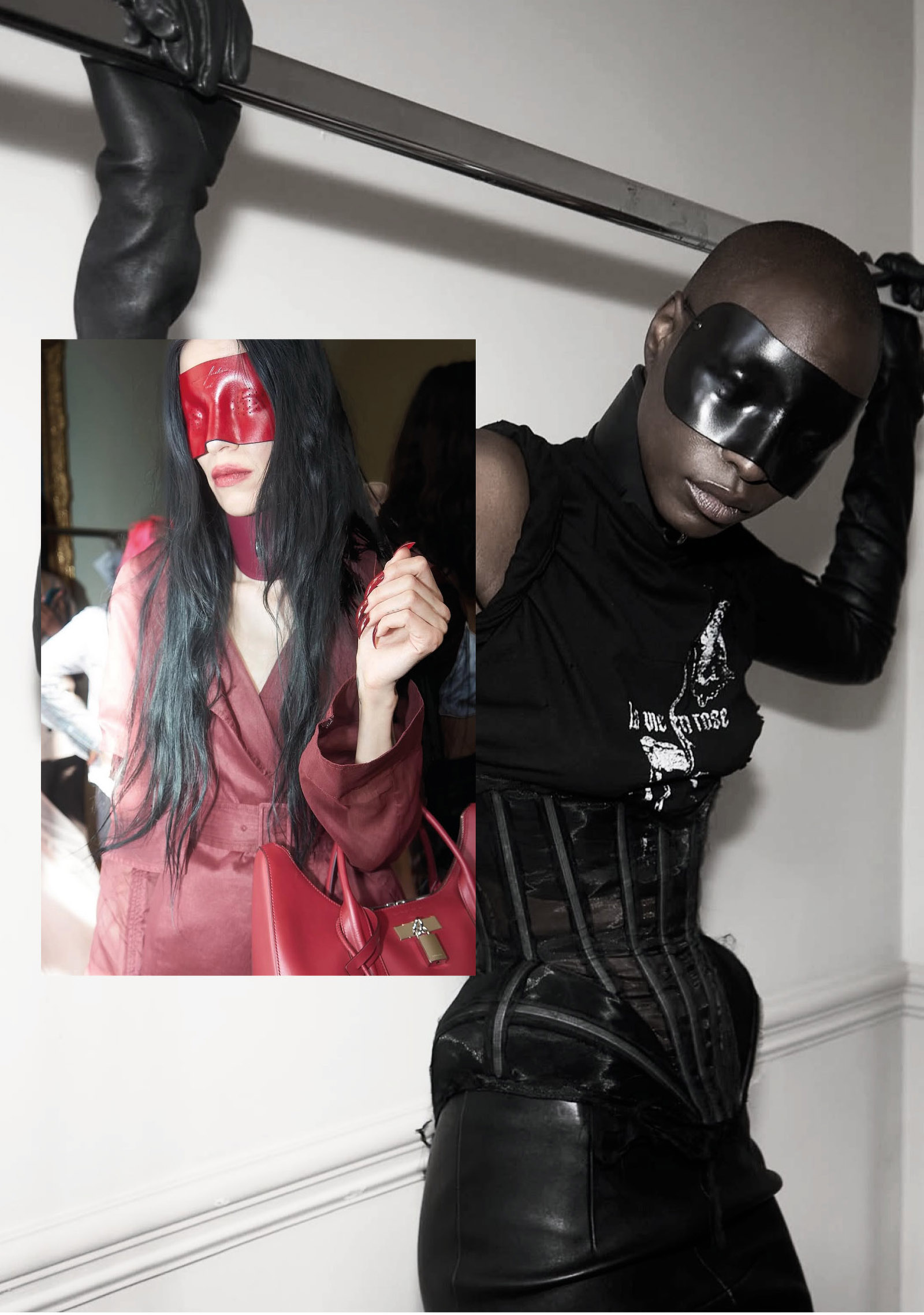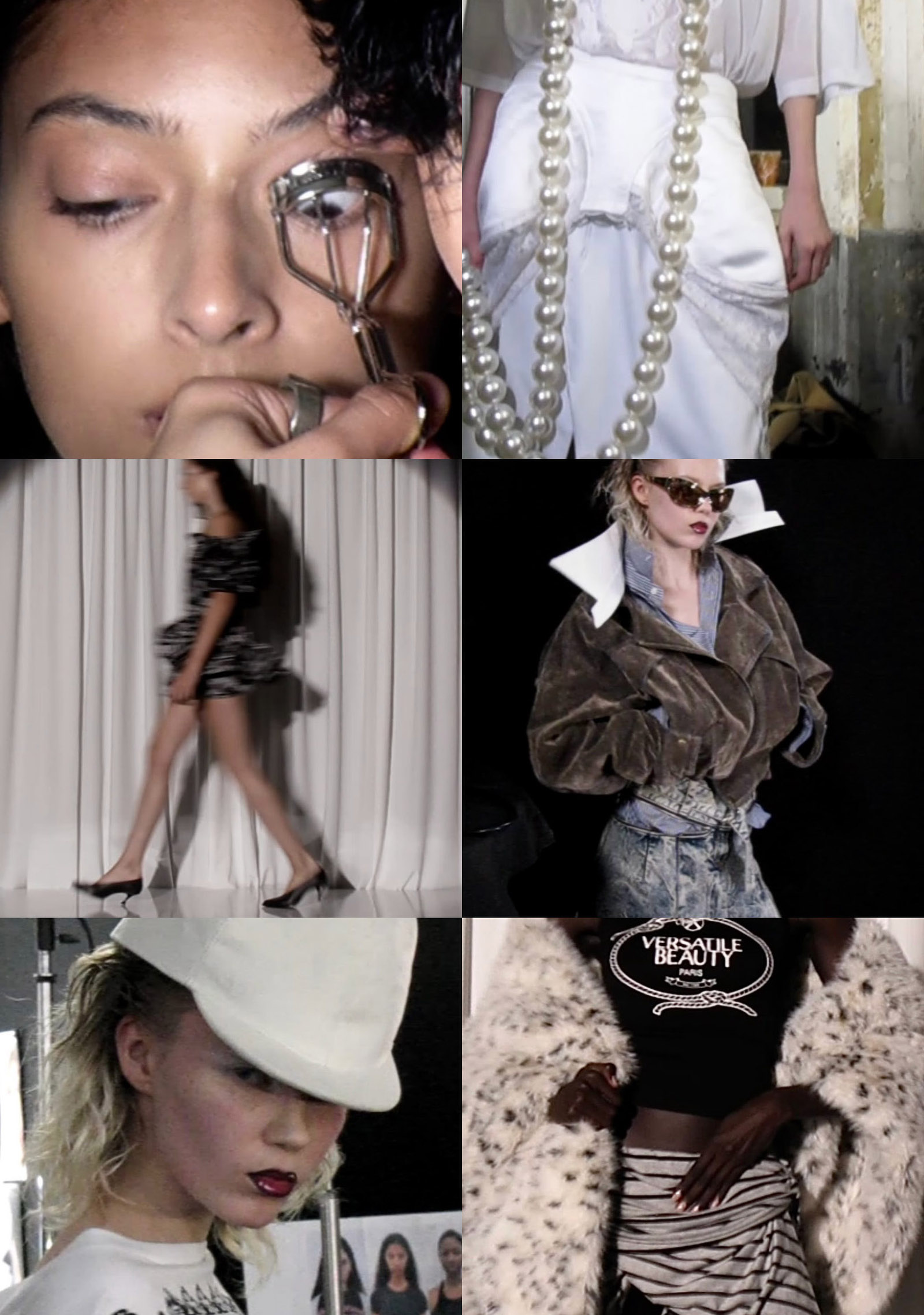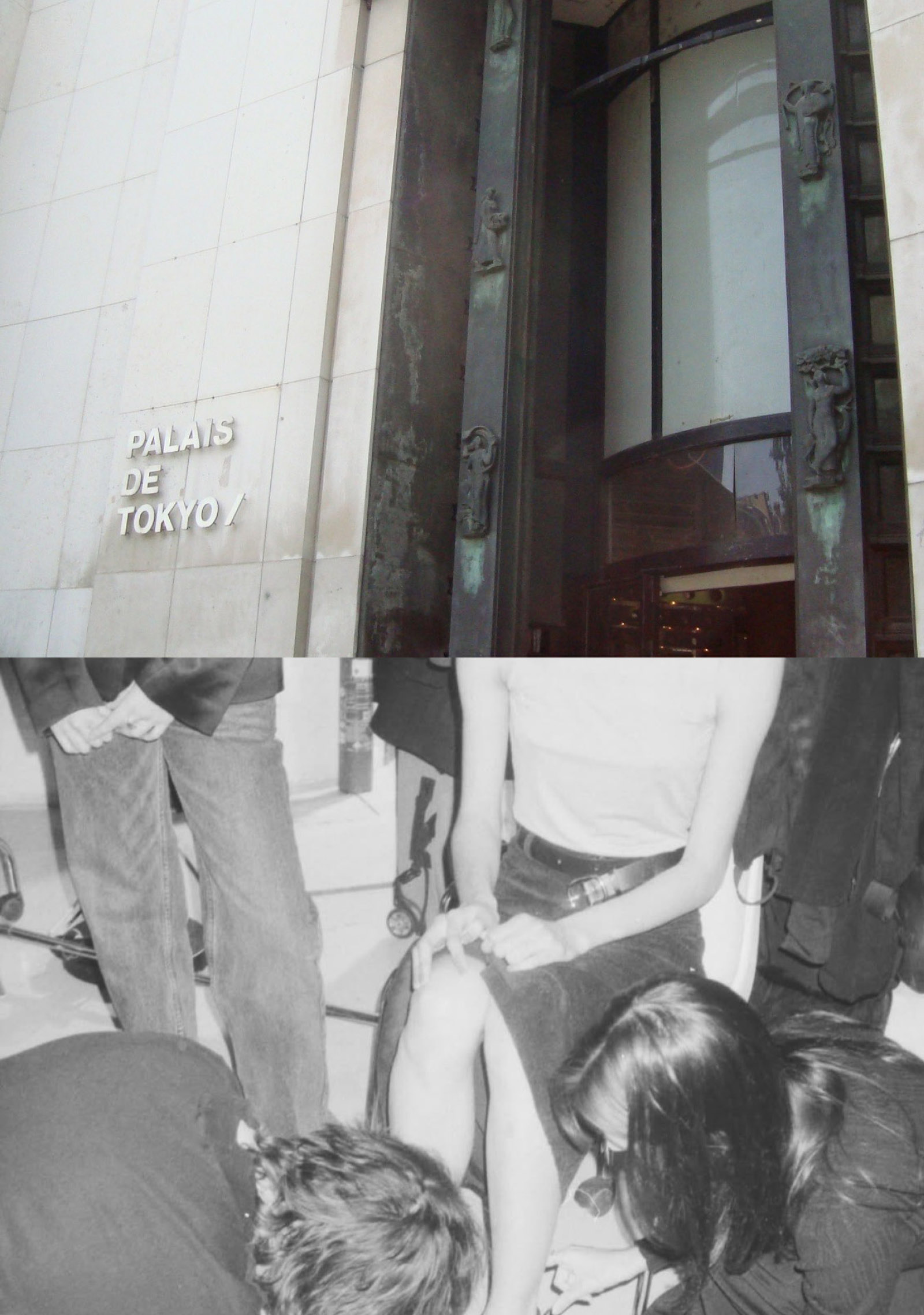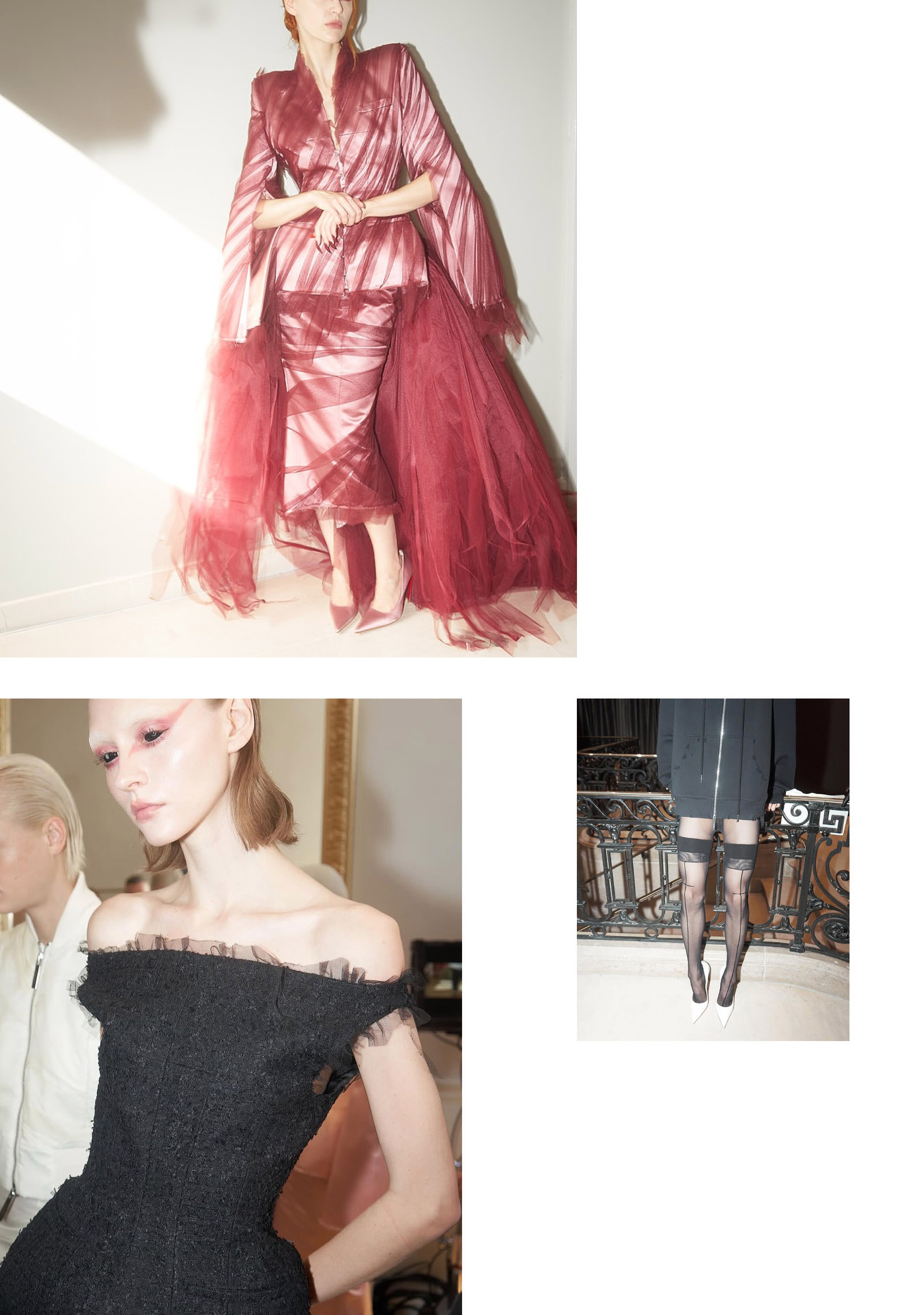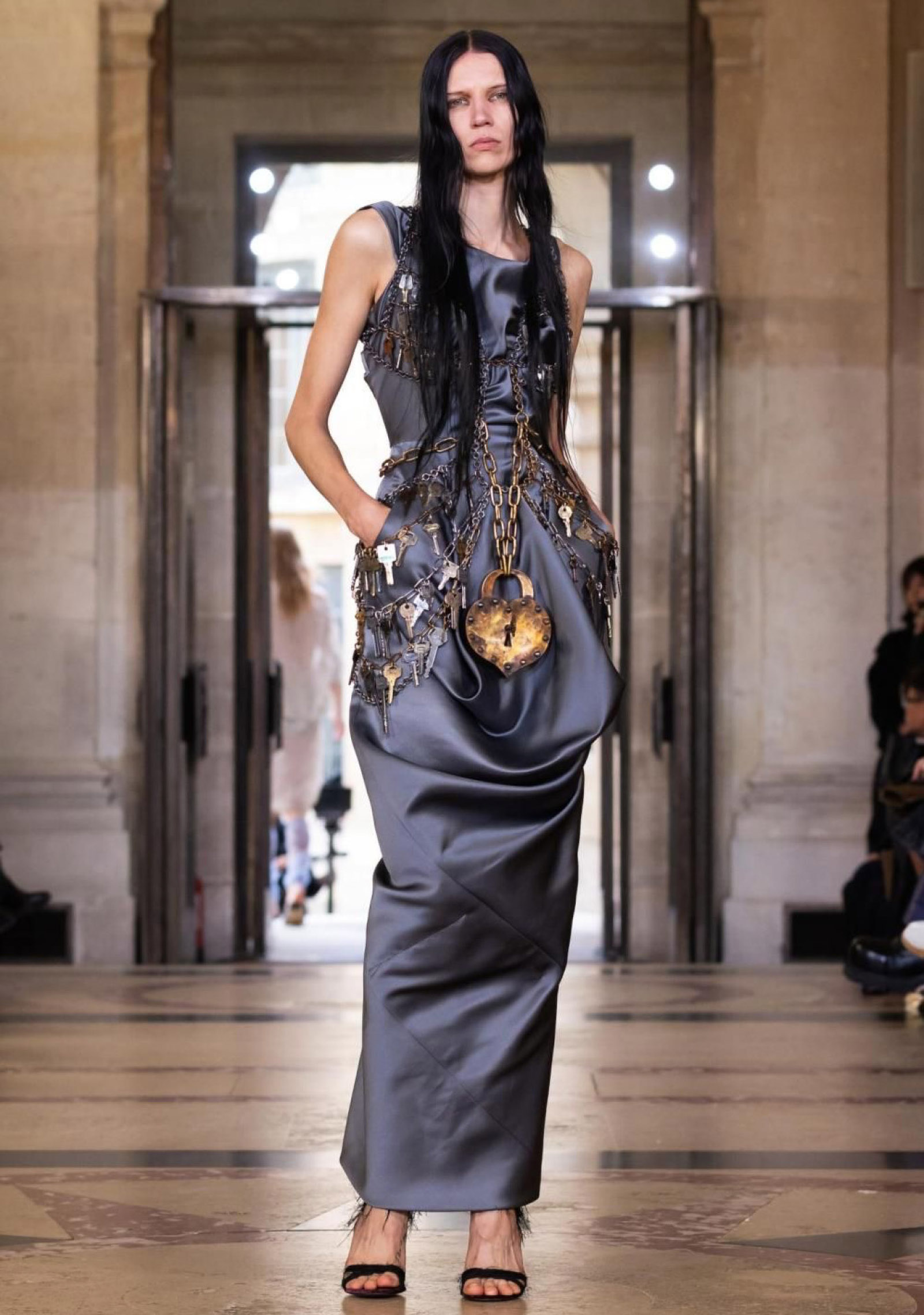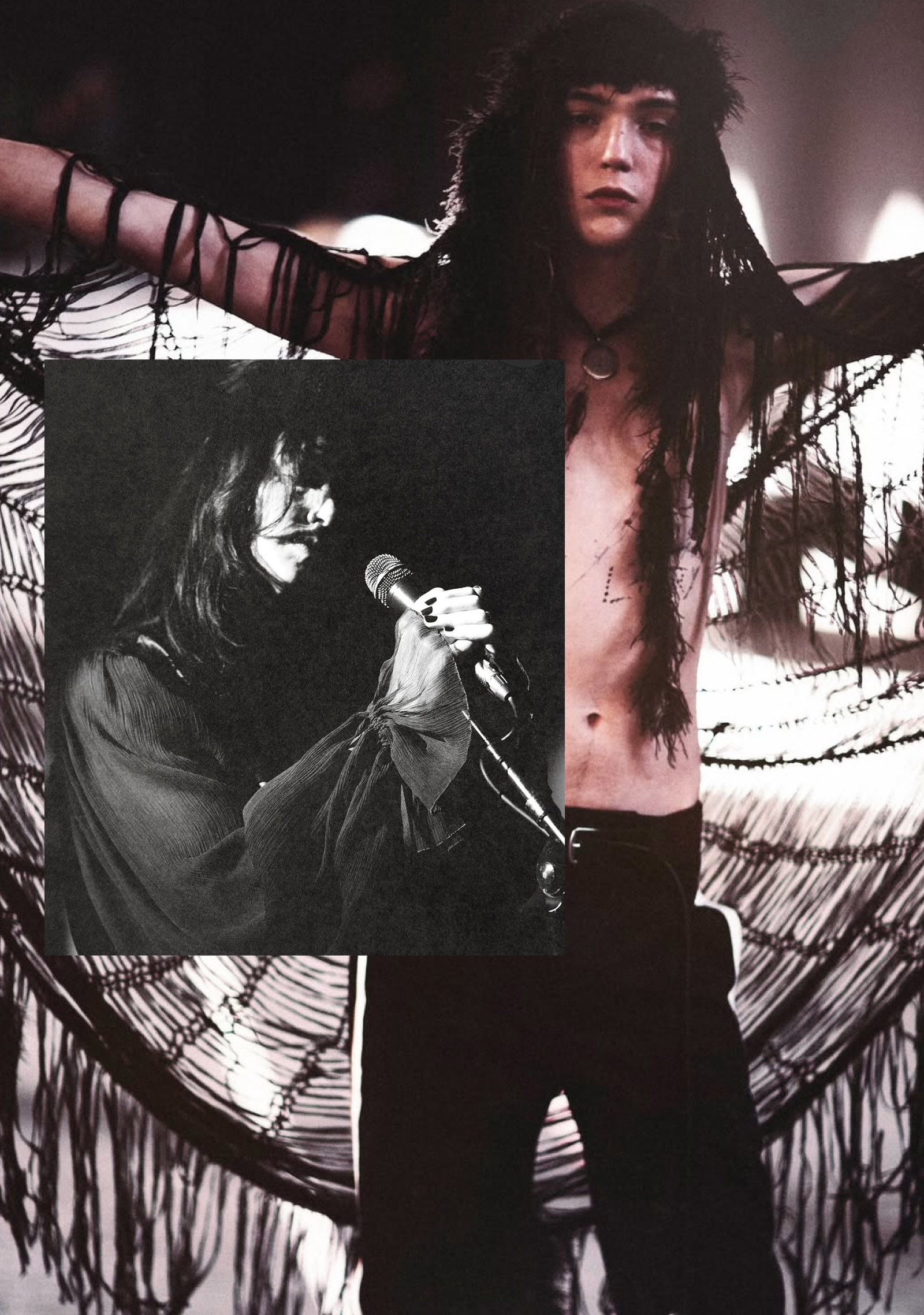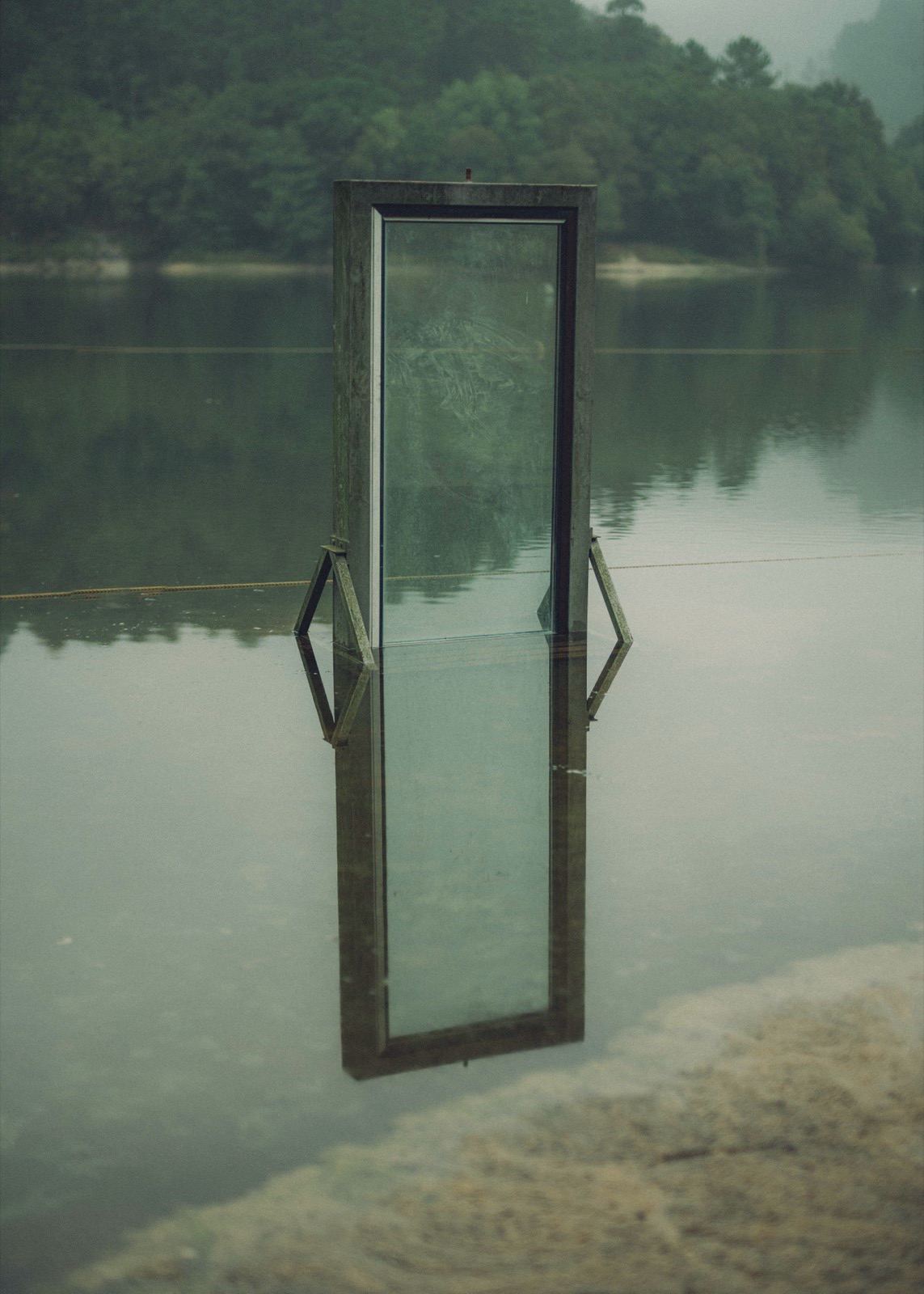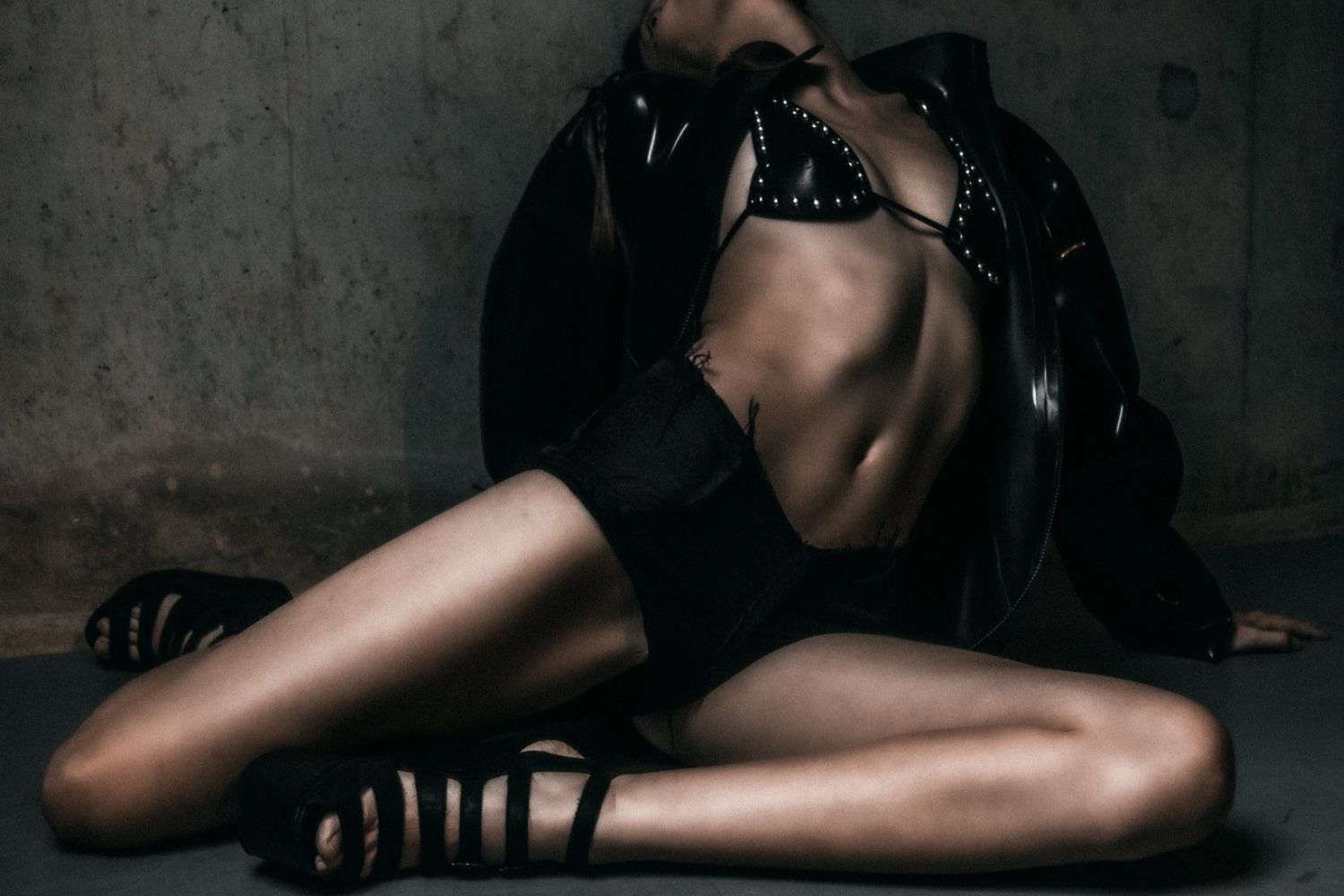What the Runway Could Not Contain
While the major houses polished their narratives of heritage and digital refinement, the peripheral scene asked different questions. Hodakova asked how much of fashion’s language remains credible once stripped of spectacle. Judassime asked whether innovation still depends on exclusivity, or if it survives through contamination. Those questions materialised in collections presented off-schedule, in film screenings, or even in temporary installations that blurred the boundaries between clothes and performance. They shifted the focus from image to intention. By doing so, they challenged the assumption that visibility equals importance. Paris offered space for this critique to unfold because its infrastructure at times institutional yet porous allows conversation to happen across hierarchies.
A System Sustained by Its Margins
The paradox of Paris Fashion Week lies in its dependence on what exists outside it. The underground, far from being its antagonist, is the source of its renewal. Without those peripheral narratives, the official calendar would risk becoming pure maintenance: the preservation of prestige without tension. What sustained the week was not spectacle but friction. The presence of smaller, often self-funded designers kept the entire mechanism alert, forcing the city to recognize that innovation now circulates through alternative economies. The bars of the 10th arrondissement, the impromptu studios in Belleville, the hybrid collectives staging their work between exhibition and protest all contributed to the idea that fashion is still a living discourse, not a closed market.
 https://www.nastymagazine.com/wp-content/uploads/2018/06/Silver-stars-by-Alexan-Sarikamichain_header.jpg
1005
1500
admin
https://www.nastymagazine.com/wp-content/uploads/2015/02/new-logo-basker-WHITE4.png
admin2018-06-29 10:07:592021-04-10 17:22:31Silver stars
https://www.nastymagazine.com/wp-content/uploads/2018/06/Silver-stars-by-Alexan-Sarikamichain_header.jpg
1005
1500
admin
https://www.nastymagazine.com/wp-content/uploads/2015/02/new-logo-basker-WHITE4.png
admin2018-06-29 10:07:592021-04-10 17:22:31Silver stars


